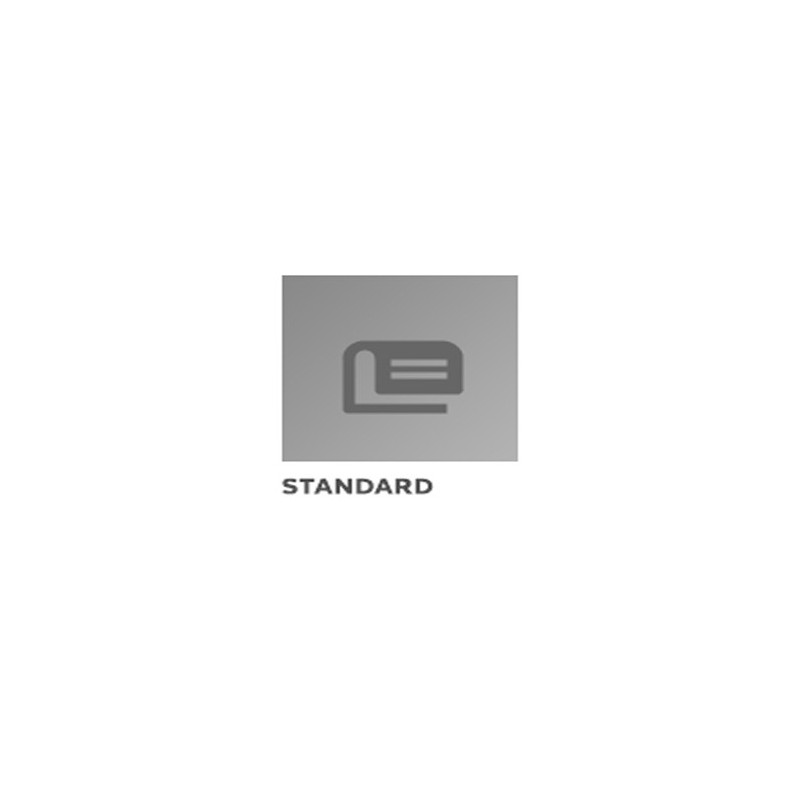Description / Abstract:
This SAE Aerospace Information Report (AIR) describes the
current process for performing comparative wear testing on aircraft
tires in a laboratory environment. This technique is applicable to
both radial and bias tires, and is pertinent for all aircraft tire
sizes.
This AIR describes a technique based upon "wear" energy. In this
technique, side wear energy and drag wear energy are computed as
the tire is run through a prescribed test program. The specifics
that drive the test setup conditions are discussed in Sections 4
through 7. In general, the technique follows this process:
- A test profile is developed from measured mechanical property
data of the tires under study.
- Each tire is repeatedly run to the test profile until it is
worn to the maximum wear limit (MWL). Several tires, typically 5 to
10, of each tire design are tested.
- Wear energy is computed for each test cycle and then summed to
determine total absorbed wear energy.
- An index is calculated for each tire design. This is
accomplished by dividing the total linear inches of wear at the
most worn point into the total wear energy.
- The indexes are then normalized to provide a comparative wear
rate.
The described technique is not meant to provide an absolute wear
rate or wear index because the technique does not produce results
that allow the user to say a tire will last for a specific number
of landings. However, it does provide a comparative index. It will
make a distinction from one tire design to another by indicating a
percentage difference in abrasive wear rate under representative
operational conditions. The technique has been demonstrated in a
number of test programs and is shown to have an extremely high
correlation to field data. Supporting data is included in Section
9.


